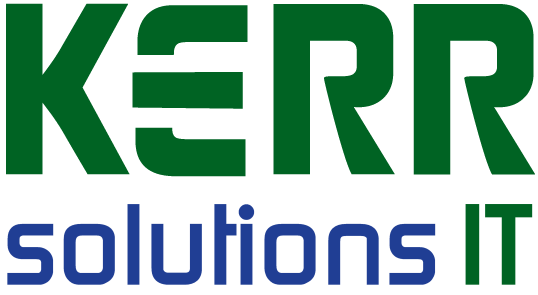Internet Connection Explained
Continuing on from last week we are still looking at ‘wireless’ connections and start with what to do if your Wireless Internet connection is running slow. Here we are referring to Internet connections that are given names like 3G, 4G, 4GX, Next G, Wireless Broadband, Wireless Hotspot and even tethering. Last week we covered ADSL Internet connections which are through your phone line.
The first popular style of ‘Wireless Broadband’ Internet connections were the Telstra 3G Dongles or Internet sticks which many referred to them as. These devices plugged into a USB port (usually on a laptop) and look very much like a USB memory stick. Some of these earlier devices are still around however their speed is very limited as most of the Telstra towers now have 4G capability which is much faster.
Also keep in mind that many of the older 3G Dongles (from all Internet Service Providers) are not compatible with Windows 8 or Windows 10 operating systems. This can often be overcome for free by asking your ISP for a newer device and offering to stay with them. The latest USB devices are also 4GX capable which offers a faster connection again if your local tower has been upgraded to this standard.

The other type of ‘Wireless’ Internet device is the Wireless Hotspot and these take a little more understanding as they are simultaneously using two different types of wireless connection. A Wireless Hotspot is a cigarette packet sized device with its own internal battery that can connect to the Internet via a 3G /4G / 4GX wireless signal which it then redistributes as a Wi-Fi signal around the room or part of your house so that Wi-Fi devices can connect to the Internet through it.
These Wireless Hotspots are becoming more popular as you can have many Internet devices and PC’s browsing the Internet all at once through the one Wireless Hotspot. Their batteries can easily last a day and they can also be recharged through a computers USB port. Some of them can also communicate through the USB port if your PC doesn’t have Wi-Fi build in.
Lastly all of the latest ‘smart’ phone have the ability to be ‘tethered’ to from a PC or laptop. Here the phone is talking to the Internet via a 3G / 4G / 4GX communication tower and again transferring that signal to the computer via ‘Wi-Fi’ or even a USB cable. This is one of the most economical connections as everyone needs a mobile phone lately and most come with ‘data’ packages already built into the plan. It is these data packages that allow tethering of a phone to a PC so that PC can browse the Internet.
If you have one of the above ‘Wireless’ Internet connections and you think it is running slow then see how many signal strength bars you are getting before blaming the PC. Again there can be two signal strengths to check if the Internet device is not plugging direct into a USB port. There is the Wi-Fi signal strength between PC and Internet device and there is the Wireless signal strength between the device and the communication towers.
You can improve the first simply by locating you PC closer to your hot spot or phone and you can also improve the second in several ways. If try placing the hot spot or phone near a window or even as elevated as possible such as on top of a cupboard. Alternatively most hot spots and USB Internet sticks have an external antenna port.
Even a $60 external antenna can laterally make your Internet connection 10 times faster in some circumstances and twice as fast in many circumstances as it can mean the difference between 2 connection bars and 5 (the maximum) connection bars on these devices. This antenna port is hidden under a little rubber grommet on the device.
Future Byte Me topics can be emailed to [email protected] and Bruce is contactable at Kerr Solutions, 205 Musgrave Street or on 49 222 400.
For more advice and assistance from Kerr Solutions, like and follow us on Facebook
